Description
The Lure of Gold. An Artistic and Cultural History
Bachmann, Hans-Gert
Abbeville Press, 2006
Hardback 280pp Illustrated 26.7 x 3.2 x 31.1 cm
ISBN 9780789209009
Language: English
From the dazzling treasures of the tombs of ancient Egypt to the refined style of later 20th-century design, the allure of gold, with its scarcity, its unfailing aesthetic brilliance and its unequalled malleability, has played a significant part in mankind’s cultural, social, economic and artistic history. Each chapter in this generously illustrated study is devoted to a particular epoch, explaining where people of that time found gold, how they mined, refined and worked it, and the part it played in shaping their society.
The dazzlingly illustrated story of how the world’s most beautiful element has influenced the art, economy, and society of every civilization.
When Hesiod, the Greek poet of the eighth century B.C., recounted the history of the world as he understood it, he described the legendary first generation of mortal men, who lived in peace and ease, as the “people of gold.” Nearly three millennia later, we still refer to a particularly happy or prosperous era as a “golden age.” The reason Hesiod’s metaphor translates so perfectly into our own idiom is that the mystique of gold, the quintessential precious metal, is truly universal. The very scarcity of gold accounts for part of its allure and much of its monetary value: the total volume of gold ever mined, from prehistory to the present day, would probably fit inside a cube with sides just twenty yards (18 m) long. Yet gold’s incredible material properties also contribute to its appeal. Gold does not corrode, so it never loses its brilliant luster, and it can be chased, embossed, punched, drawn into wires, hammered foil-thin, and shaped in countless other ways.
This engaging book reveals that the ways in which gold, in turn, has shaped humanity are no less numerous. Since prehistory, for example, artisans have fashioned gold into ritual objects and high-status ornaments; beginning in the sixth century B.C., gold served as currency; and even in the modern era it has encouraged wars of conquest and triggered frantic gold rushes. Each chapter is devoted to one historical epoch, explaining how people of that time mined and refined gold, and how they used it for cultural and economic purposes. Two hundred gorgeous color photographs illustrate golden objets d’art as diverse as the funerary masks of Tutankhamen; intricate Celtic jewelry; a figurine of “El Dorado,” a pre-Columbian chief said to ritualistically cover his entire body in gold dust; bejeweled medieval reliquaries and crucifixes; and even Gustav Klimt’s gold-drenched canvas The Kiss. With its authoritative yet lively text and these arresting illustrations, The Lure of Gold sets, as it were, the gold standard for books on material culture.
Praise for The Lure of Gold:
The Editor’s Picks for Holiday Books (2006): “This book is full of treasures…it is likely the wealth of sumptuous, glimmering illustrations—crowns, small sculptures of hunters, animals and goddesses, coins, ceremonial armor, and all manner of exquisitely designed jewelry—that make this volume in invaluable. The text is eminently readable, yet dense with history.” — Art New England
“With nearly 300 images of jewelry, coins, religious artifacts and more, the book zips through world history as seen in gold’s reflected gleam. Mr. Bachmann begins in the Bronze Age but is at his most fascinating when the tour reaches Europe during the first millennium.” — The Wall Street Journal
“Pizzaro might have slit your throat for The Lure of Gold (Abbeville). A savvy text relates mankind’s venerably irrational mania for the gleaming stuff. The full-page photos bring on a Fred C. Dobbs mood: a gilt-clad temple in Kyoto, Mycenaean, masks, Egypt’s Tut, gold-drunk Versailles, a lovable Colombian toy raft made entirely of the sunburst metal.” — San Diego Tribune
“In The Lure of Gold (Abbeville) archaeometallurgist Hans-Gert Bachmann journeys through six glittering millennia of artistic and cultural history, from Egypt’s gold-tipped obelisks to the Kremlin’s gilded domes…this lavishly illustrated book examines the meanings of gold across civilizations, as well as techniques for working the radiant and durable metal. Find out how compositions on Celtic coins foreshadowed Art Deco motifs and how the same material that once legitimized powerful rulers has become Snoop Dogg’s bling.” — Archaeology magazine
Dr. Hans-Gert Bachmann, who studied geosciences at the University of Bonn, has taken part in many archaeological excavations and surveys in Europe and the Near East. From 1963 to 1993 he held a senior position at Degussa, a global gold and silver refining company based in Germany. Currently he is an honorary professor at the University of Frankfurt am Main and at the Institute of Archaeology, University College, London.

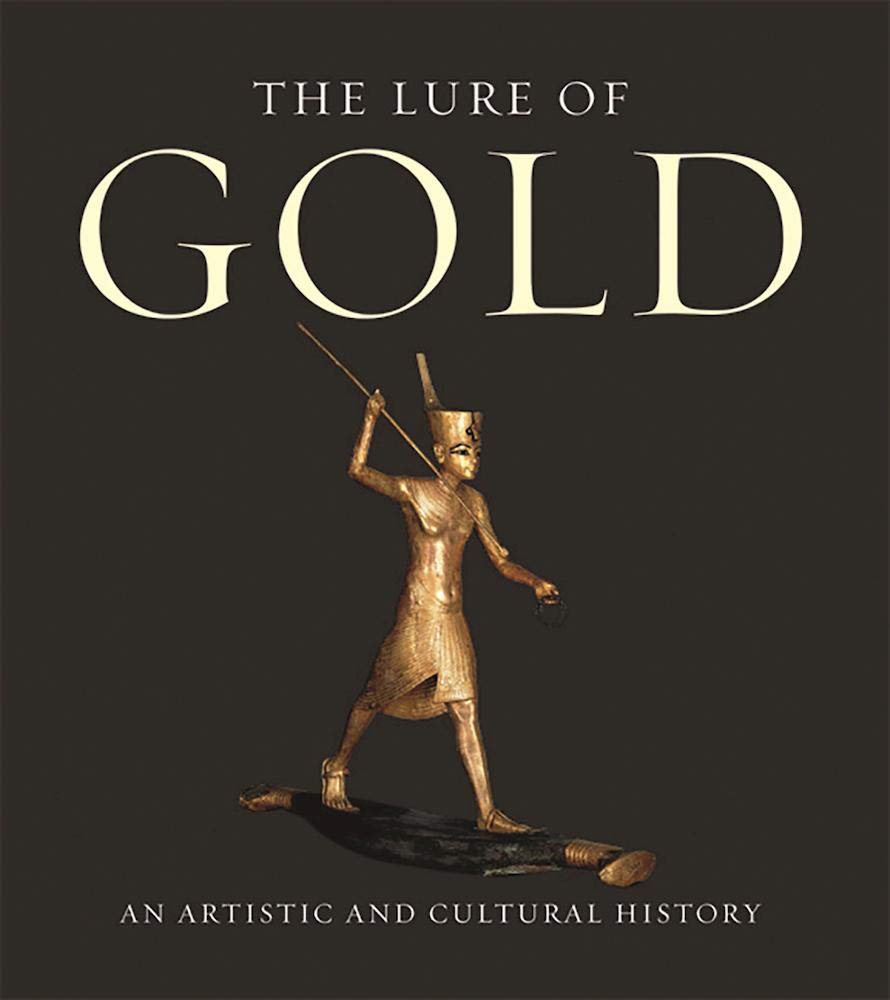
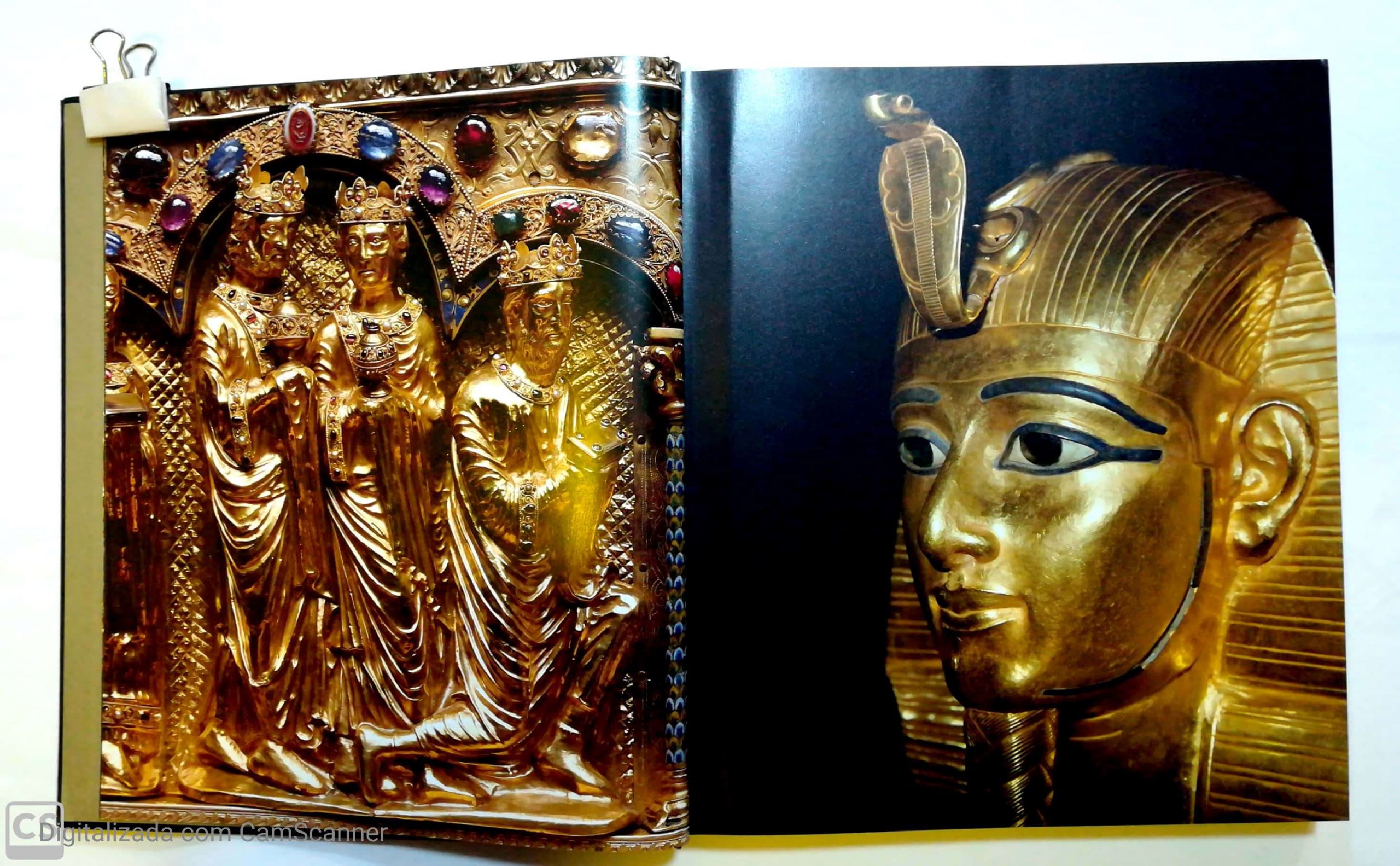
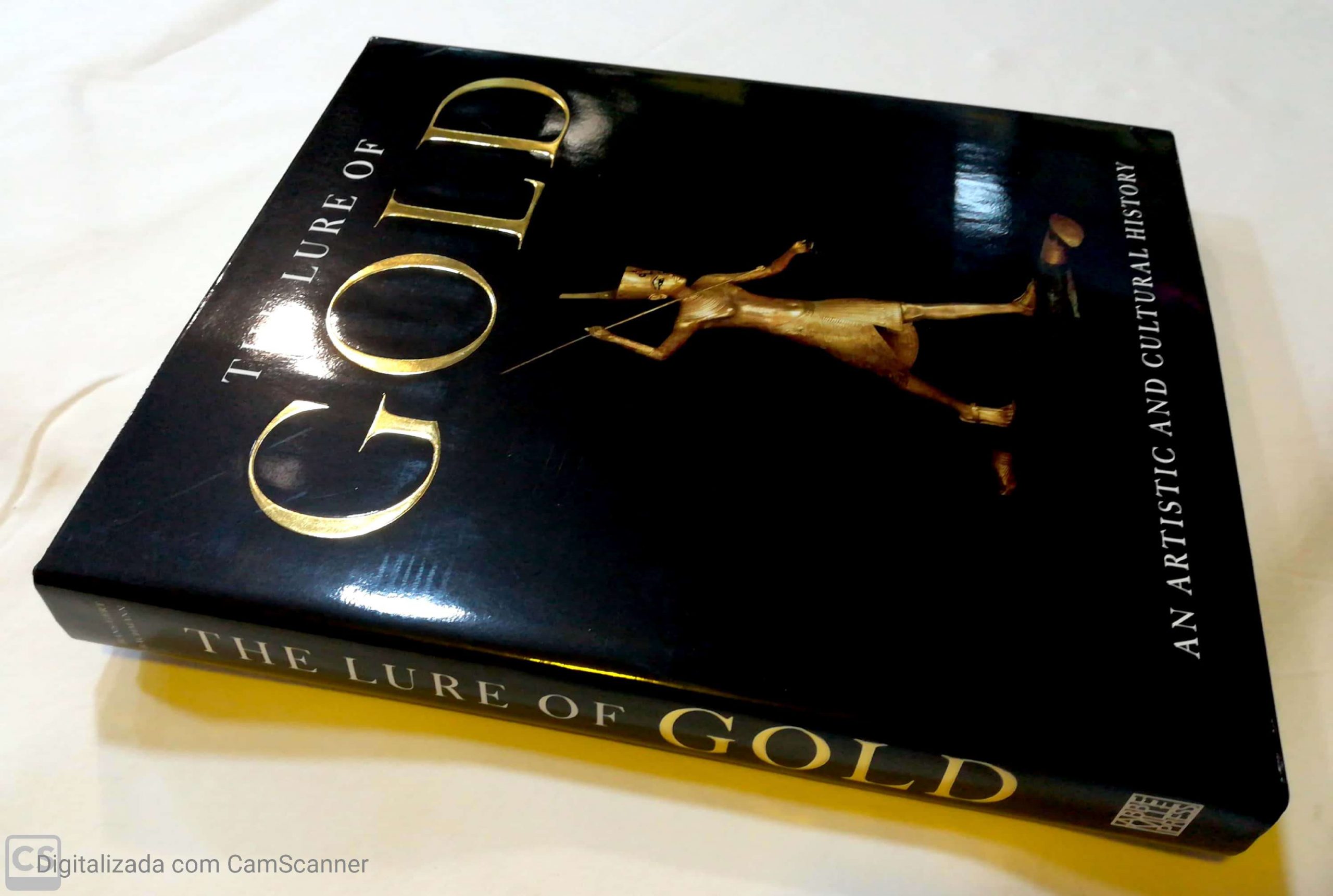

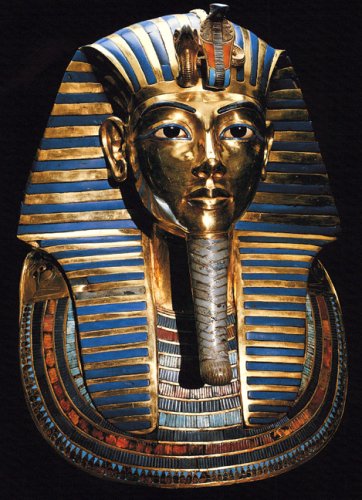
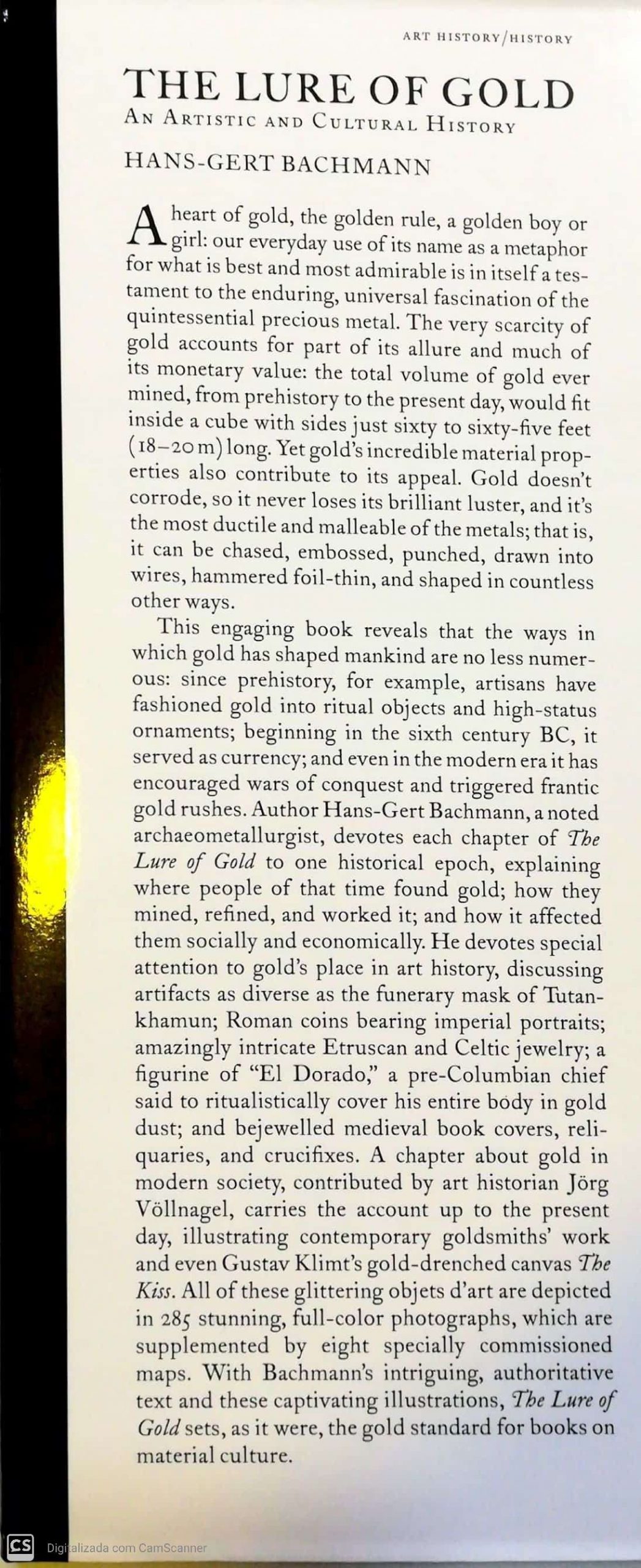
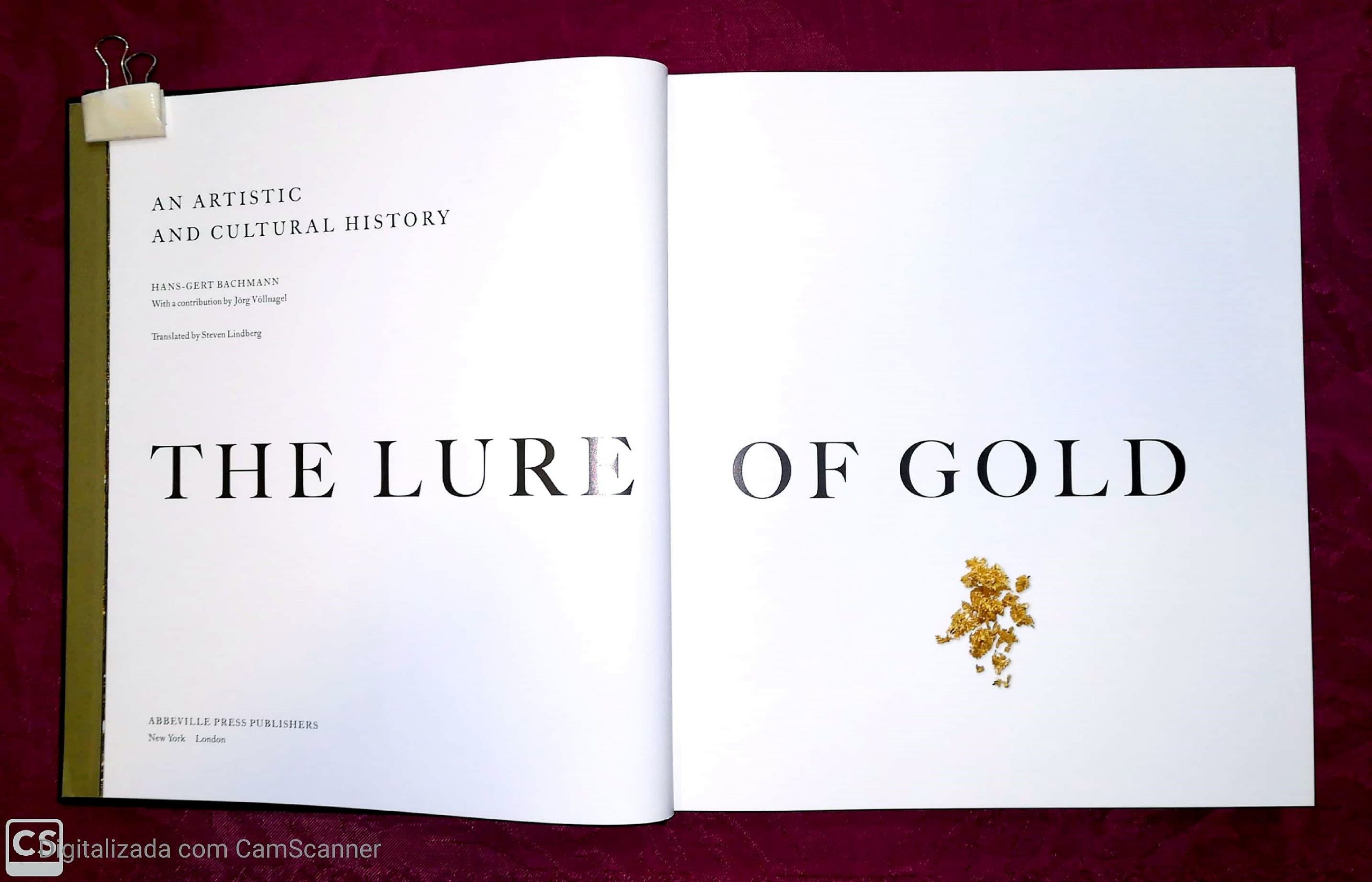
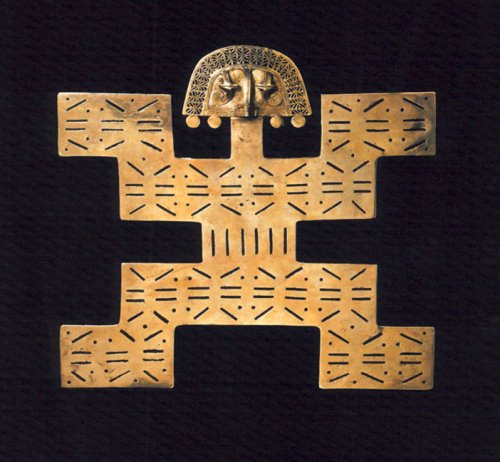

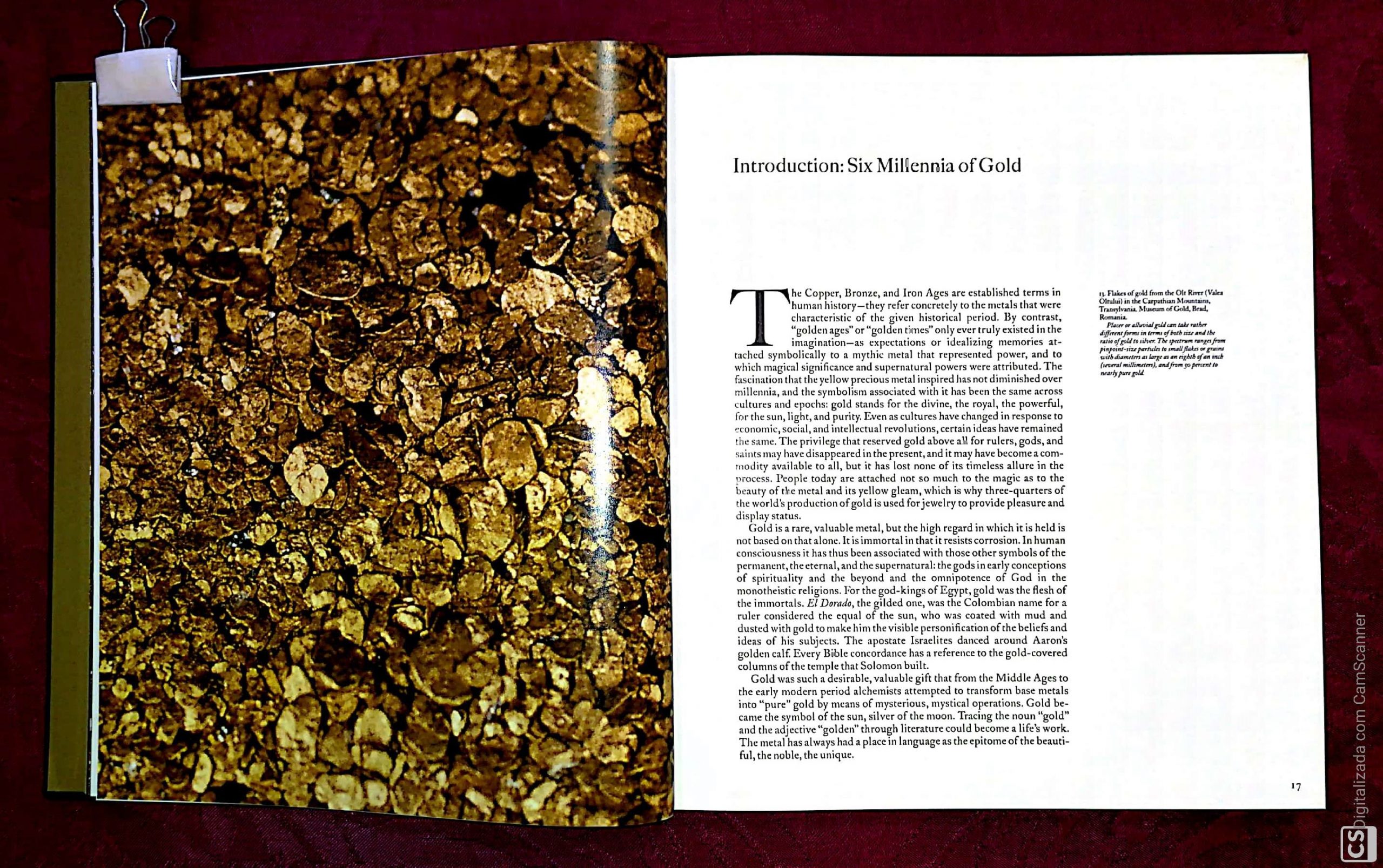

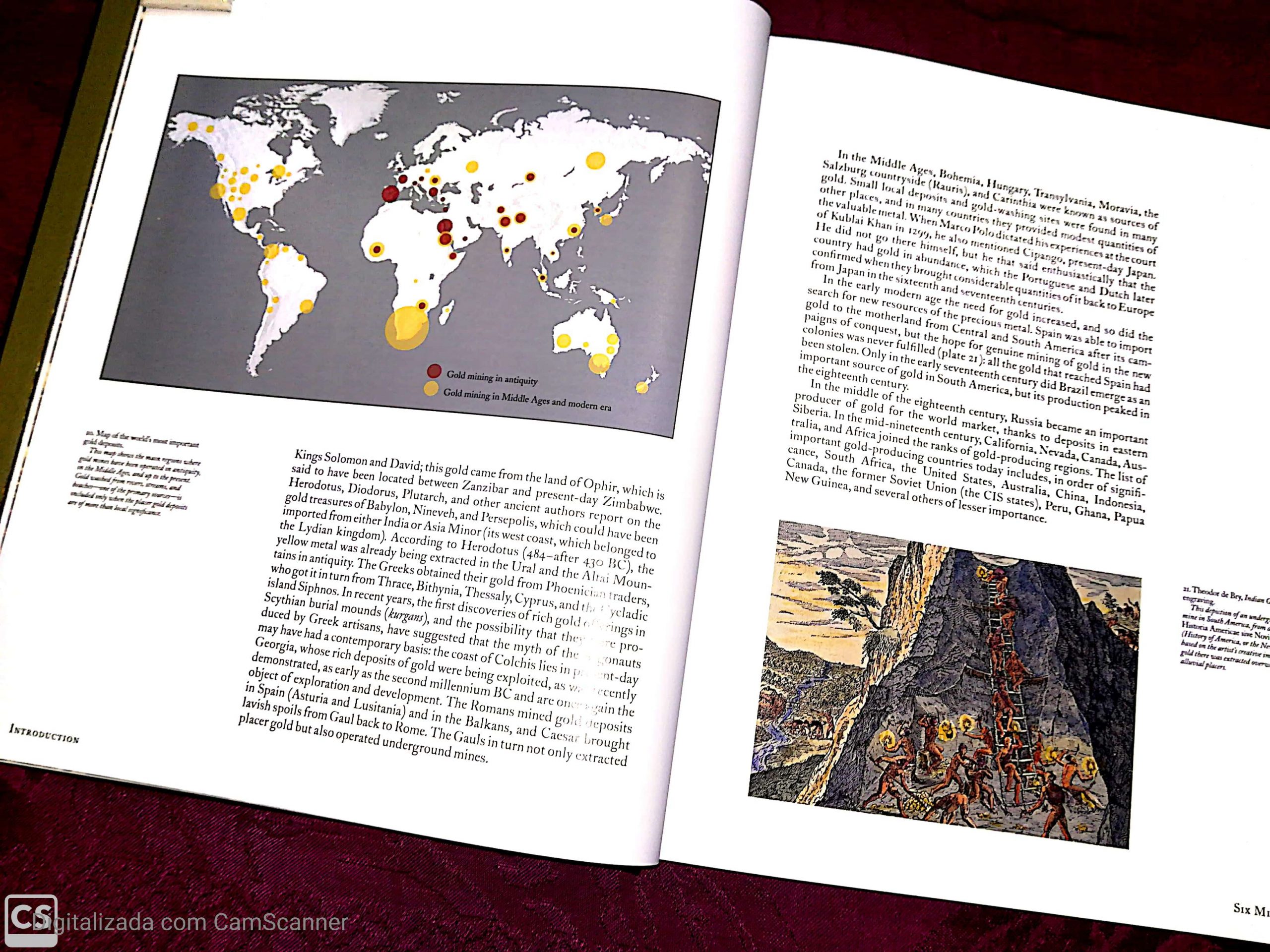
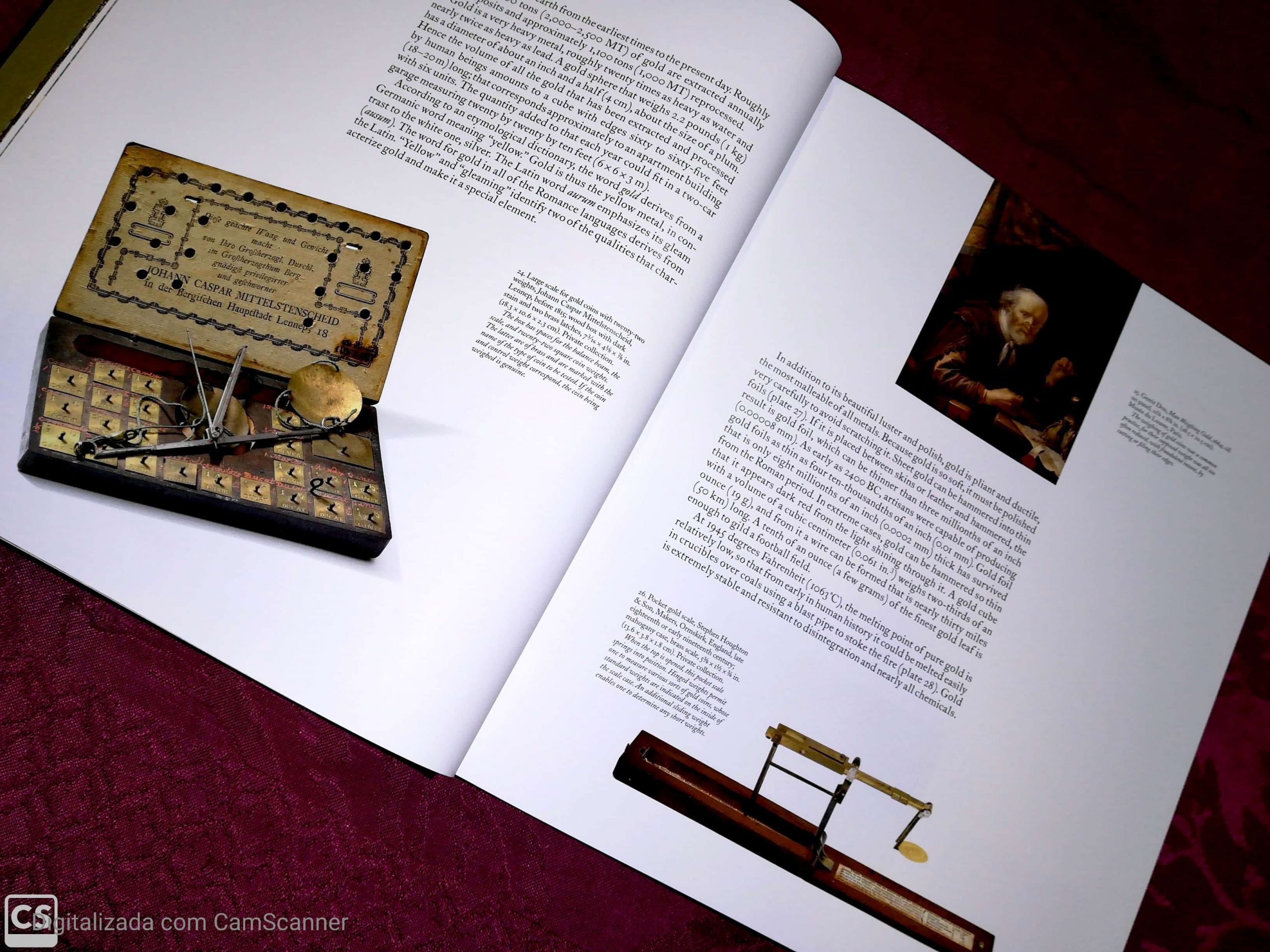


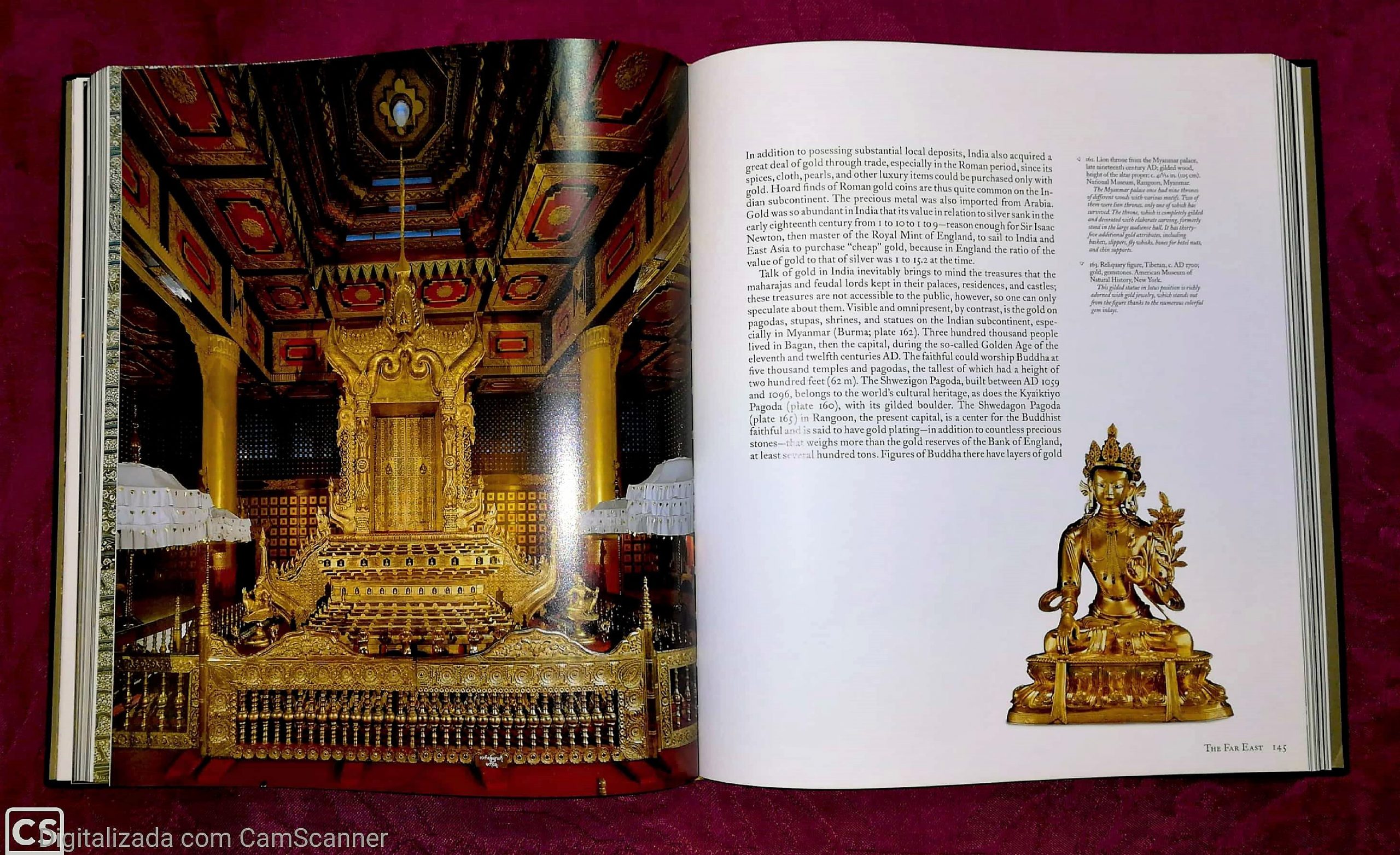



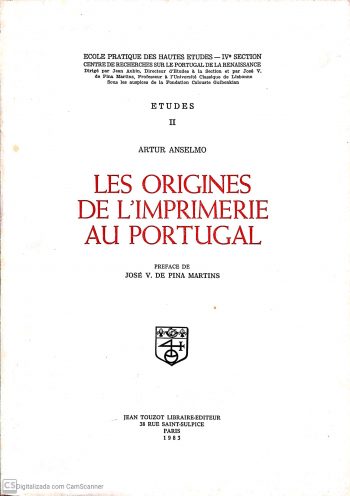
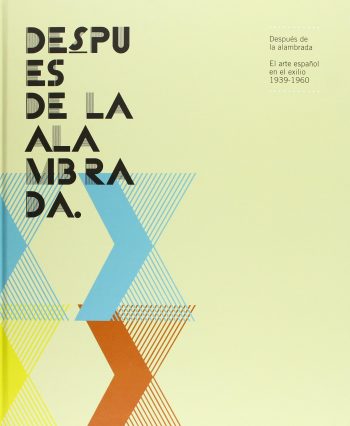
Reviews
There are no reviews yet.